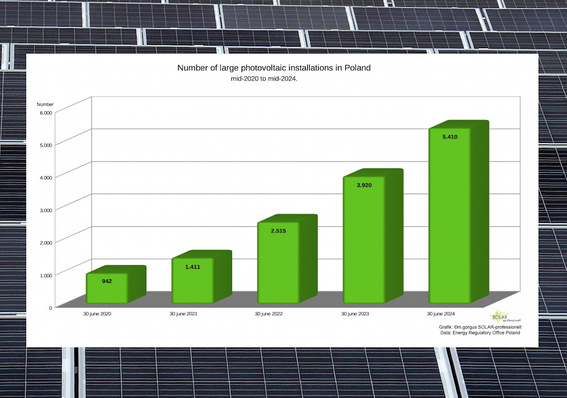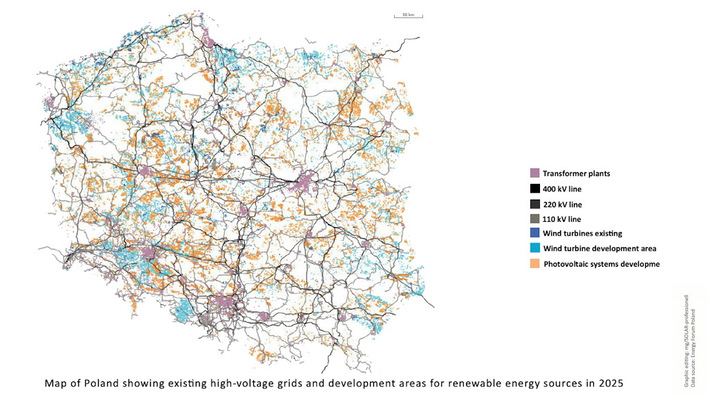Photovoltaics has become an indispensable part of electricity generation in Switzerland. By the end of this year, installed solar systems are expected to cover 14 per cent of the country's electricity needs – a forecast presented by Rutger Schlatmann of the Helmholtz Centre Berlin (HZB) in his keynote at this year’s Swissolar industry symposium.
Around 1,100 participants gathered at the Kursaal in Bern to learn about current regulations and market conditions for photovoltaics and storage system operation in Switzerland. At the conference, Jürg Grossen (President) and Gabriela Suter (Vice President) – both members of the National Council and the Swissolar Board – gave a joint presentation on the conditions needed for continued solar growth.
Customers are worried
The Swiss solar industry is currently seeing a dip in demand for photovoltaic systems. As a result, a slight market decline is expected this year, explained David Stickelberger, Head of Communication, Market and Politics at Swissolar. He attributes the slowdown in part to uncertainty surrounding new laws and regulations.
Switzerland: Alpine „NalpSolar“ project launched by Axpo
Staying the course
In her presentation, Gabriela Suter appeals for the path currently being taken – confirmed by the Swiss in several votes – to be consistently pursued. “Within the next ten years, we need to increase production by more than a factor of three in order to achieve the targets set out in the Electricity Act," she emphasises. "This is feasible if the framework conditions are right.”
Webinar on 14th April 2025: Simple solutions for complex PV projects – with K2 Systems
Jürg Grossen adds: “The solar industry is ready and willing to shoulder its share of responsibility for the electricity system. If we increasingly use and store electricity locally, we relieve the burden on the system and the grids.” Here, Grossen is addressing a challenge also highlighted by Rutger Schlatmann in his keynote speech.
More flexibility in the grid
Solar energy must be better integrated into the system, primarily by aligning production and consumption. The new Electricity Act supports this shift, both through business models that enable neighbourly sharing of solar power and through flexibility regulations for distribution grid operators.
Artificial intelligence: The key to transforming renewable energy systems?
Sharing sun power
On the second day of the Swissolar conference in Bern, speakers will outline what neighbourhood supply systems can look like. Topics include LEG and VZEV – two new models for neighbourhood electricity alongside the existing self-consumption associations (ZEV). LEG stands for local electricity communities, which will be permitted from 2026. VZEVs – virtual associations for self-consumption – have been possible since the start of this year.
Platform for local consumption communities
This session of the conference focuses on new operating models aimed at improving the economic efficiency of larger photovoltaic systems while easing pressure on the grid. In this context, Lena Kern, specialist for technology and business management at Swissolar, will present the new information platform lokalerstrom.ch – developed by Swissolar in cooperation with Energieschweiz and the Association of Swiss Electricity Companies (VSE). The platform explains the different operating models in detail and offers basic informational brochures.
Only minor losses due to snow on alpine solar installations
Consume more electricity at lunchtime
But the electricity sector also needs to adapt its systems to the market, thinks Jürg Grossen, who urges a shift in mindset. “Electric boilers, for example, are still charged at night instead of at lunchtime when electricity is cheapest.” (su)








